Academics in Harrisburg Schools
Now that we have a general understanding of the structure of Harrisburg School District, let's dissect the academic curriculum from elementary to high school level.
The curriculum in the Harrisburg School District is designed to challenge students, promote their intellectual growth, and prepare them for future success. Elementary schools focus on building a solid foundation in reading, writing, and math skills. Alongside these essential subjects, students are also introduced to science, social studies, art, and physical education.
As students move to middle school, the academic intensity becomes more rigorous to provide well-rounded knowledge. Additional elective subjects get introduced, allowing students to deepen their understanding beyond core subjects.
Once students reach high school, they have an even broader range of subjects to choose from. The curriculum is designed to cater both college-bound students and those who are more inclined towards vocational or technical education. Advanced Placement (AP) classes and dual enrollment programs with nearby Harrisburg Community College offer opportunities to earn college credits while still in high school.
To accommodate students with different learning requirements, Harrisburg also offers an array of special education programs, from gifted education to resources for those needing extra support.
The Scope Beyond Academics in Harrisburg Schools
While academics are tops for most parents, extracurricular activities are equally vital in fostering holistic student development. Let's glance through the extracurricular scene in Harrisburg schools.
From sports and arts to clubs and community service, the opportunities for students to explore in Harrisburg are vast. Whether your child is keen on football, passionate about drama, or enthusiastic about robotics, there's likely a club or team that they can join.
In sports, students can participate in a range of sports including football, basketball, soccer, volleyball, and more. Participating in sports teams teaches students teamwork, leadership skills, and the importance of maintaining physical fitness.
In the realm of arts, there are extensive programs in music, visual arts, performing arts, and more. Students interested in band, choir, orchestra, or drama have numerous opportunities to perform and showcase their talents.
In addition to sports and arts, various special-interest clubs allow students to pursue their unique passions — from science clubs to chess clubs, language clubs to student government.
Attractions and Places Must Visit in Harrisburg, PA
From quick bites to more refined culinary creations and from apps to taps, Harrisburg restaurants offer a flavor for every taste and occasion. Couples can enjoy date night. Families can refuel before heading to the next attraction,like The
1700 Degrees Steakhouse:
1700 Degrees Steakhouse features Midwestern prime beef, dry aged beef, certified angus beef and the finest sustainable seafood elegantly served by a diligently trained staff. We continue to provide service levels worthy of our DiRoNA and AAA Four Diamond awards. And we feature one of the world's top wine lists, along with signature craft and barrel-aged cocktails and locally produced beer.



